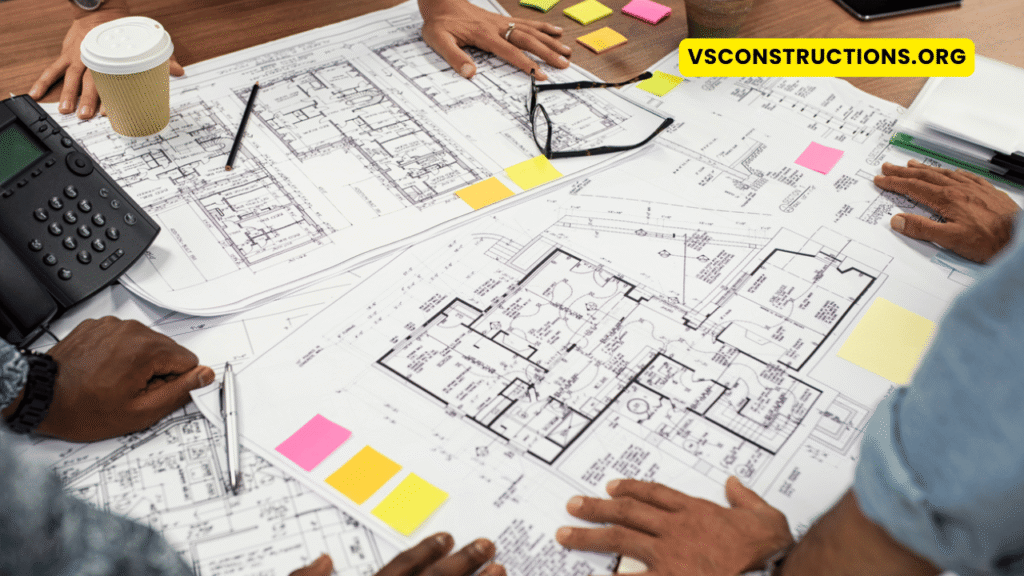When building a facility for industries like pharmaceuticals, biotech, or those dealing with hazardous materials, compliance is critical at every stage. From the initial design to daily operations, regulatory compliance must be a top priority.
Many facilities focus on compliance only once the design is completed and construction is underway. For example, there are many facilities that will focus on getting the airflow and production zoning while completely ignoring waste management, especially effluent decontamination services or certified fire protection elements.
This often forces a redesign late in the process. If you are reading this, you’re likely aiming to avoid these costly design oversights with your new facility. That’s why we have a list of six common facility design mistakes that could lead to compliance issues.
1. Underestimating Waste Flow and Treatment Requirements
One rule of thumb to always remember is that every facility will generate waste, and in high-containment environments, that waste can be hazardous. You may be dealing with genetically modified microorganisms or biologically active substances that cannot simply be released back into the environment.
However, many projects treat effluent handling as an afterthought, often lumping it in with general plumbing plans. This oversight can result in systems that are unable to properly manage the waste your facility produces. If you haven’t considered specialised effluent decontamination services during the early planning stages, you risk facing costly retrofits and delays in your project.
2. Inflexible Layouts That Can’t Support Future Audits or Upgrades
Designing your facility to be inflexible in the face of upgrades or changes means it will quickly become outdated as your business evolves. Each new product line, equipment upgrade, or regulatory change will introduce unique space and operational needs.
A well-designed facility anticipates growth and accommodates future changes. This includes modular utilities, reconfigurable cleanroom panels, fire door installations by FD Fire Door, and clear service access routes.
These elements should be designed so that you can inspect pipes or perform maintenance without disrupting production lines. Likewise, fire doors should be strategically placed to ensure safe, unobstructed exits without compromising safety.
3. Poor Separation of Clean and Dirty Zones
Cross-contamination is one of the fastest ways you can get a non-compliance notice, and yet, many facilities make the mistake of thinking clean and dirty workflows can overlap just a little. There are some facility layouts where contaminated materials pass through the same corridors as the clean materials do. A compliant facility considers separate tracks for movement, cleaning, and waste management so that they never overlap.
4. HVAC That Doesn’t Match Your Actual Risk Profile
Your HVAC systems look perfect on paper until you run your processes. Once you run the process, you’ll find pressure differentials aren’t behaving the way you expected, filter load increases faster than projected, and you’re spending far more than you budgeted on system balancing.
An HVAC setup from another site or following a template, and expecting it to work properly, often leads to compliance failures. If your HVAC setup doesn’t maintain proper containment or cleanroom standards consistently, that could also lead to compliance failure.
5. Ignoring User Experience in Critical Areas
Compliance issues are not limited to just designs; they also involve the people who are working inside your facilities. A badly positioned sink, an awkward gowning room, or unclear signage could lead to contamination and mistakes.
Every touchpoint between your people and your processes needs to be designed keeping in mind real-life behaviour. When your staff tries to find workarounds to the current layout to make their work easier, you will find it difficult to stay compliant.
6. Not Validating Your Design With Real-World Scenarios
One of the biggest mistakes you can make while building your facility is designing it in a vacuum. It probably looks great in CAD files and 3D walkthroughs. However, no one knows how well it will handle the pressure.
To achieve that, there are certain things you should do, like conducting dry runs, taking user feedback, and running failure simulations. Validation should be built into your design instead of simply being a tick in the box.
In Conclusion
When you’re designing your facility, it’s important to consider your present and the future. You can optimise the design as per the processes that you’ve set today. However, if you don’t leave room for growth or future compliance changes, it could lead to very expensive redesigns.
A lot of compliance-related audits that are conducted focus on your waste management systems, zoning, and user flow in your facility. That’s why it’s important to get them sorted before you work on the aesthetics for your facility.
If you’re in the planning or upgrade phase, you should double-check whether your facility is truly designed for compliance or not. This is important because the costs of getting it are not just red tape. They will include downtime, retrofitting, damage to reputation, and loss of your stakeholders’ trust.
When you get the design right, you lay the foundation for long-term operational success.

